Synchronizing in Video Editing: A Comprehensive Guide
Video editing is a creative process that involves piecing together various elements to create a seamless and visually appealing final product. One of the key aspects of video editing is synchronizing, which refers to aligning audio and video tracks to ensure perfect timing and coherence. In this article, we will delve into the concept of synchronizing in video editing and explore its importance in creating high-quality videos.
What Is Synchronizing?
Synchronizing, also known as syncing, is the process of aligning audio and video tracks so that they play simultaneously without any lag or discrepancies. When recording videos, it is common for the audio and video components to be recorded separately. Synchronizing these elements ensures that they match perfectly, resulting in a seamless viewing experience for the audience.
Why Is Synchronizing Important?
Synchronizing is crucial in video editing as it enhances the overall quality and professionalism of the final product. When audio and video are not synchronized correctly, it can create a jarring effect for viewers, leading to a negative impact on their viewing experience. By ensuring perfect synchronization, editors can deliver videos that captivate their audience and leave a lasting impression.
Methods of Synchronizing
1. Manual Synchronization:
- Clapboard Method: This traditional method involves using a clapperboard or slate at the beginning of each take.
The distinctive clapping sound creates an audio spike that can be easily identified both visually and audibly during editing, making it easier to synchronize the audio and video tracks.
- Visual Cues: Editors can rely on visual cues within the footage itself to synchronize audio and video tracks. This method involves identifying specific actions or movements that occur simultaneously in both the audio and video components, such as a person clapping their hands or a door closing.
2. Automatic Synchronization:
- Timecode Matching: When shooting with professional-grade equipment, timecode information is embedded within the footage.
This timecode can be used during the editing process to automatically synchronize the audio and video tracks.
- Audio Waveform Matching: This method relies on analyzing the audio waveform to identify matching patterns or spikes that correspond to specific visual events. Video editing software often includes features that automatically align audio and video based on these visual cues.
Tips for Effective Synchronizing
1. Use Quality Equipment: Investing in high-quality recording equipment with accurate timecode capabilities can significantly simplify the synchronizing process.
2. Maintain Consistent Settings: Ensuring consistent frame rates, sample rates, and other settings across all recording devices helps facilitate easier synchronization during editing.
3. Utilize Visual and Audio Cues: Pay close attention to specific actions, movements, or sounds that occur simultaneously in both the audio and video components. These cues can serve as reliable reference points for synchronizing.
4. Make Use of Editing Software Features: Take advantage of the various features available in video editing software, such as automatic synchronization tools or waveform analysis functions.
In Conclusion
Synchronizing plays a crucial role in video editing by aligning audio and video tracks seamlessly. By understanding different synchronization methods and following effective techniques, editors can enhance the quality of their videos significantly. Remember to invest in quality equipment, maintain consistent settings, utilize visual and audio cues, and leverage editing software features to achieve perfect synchronization in your video projects.

